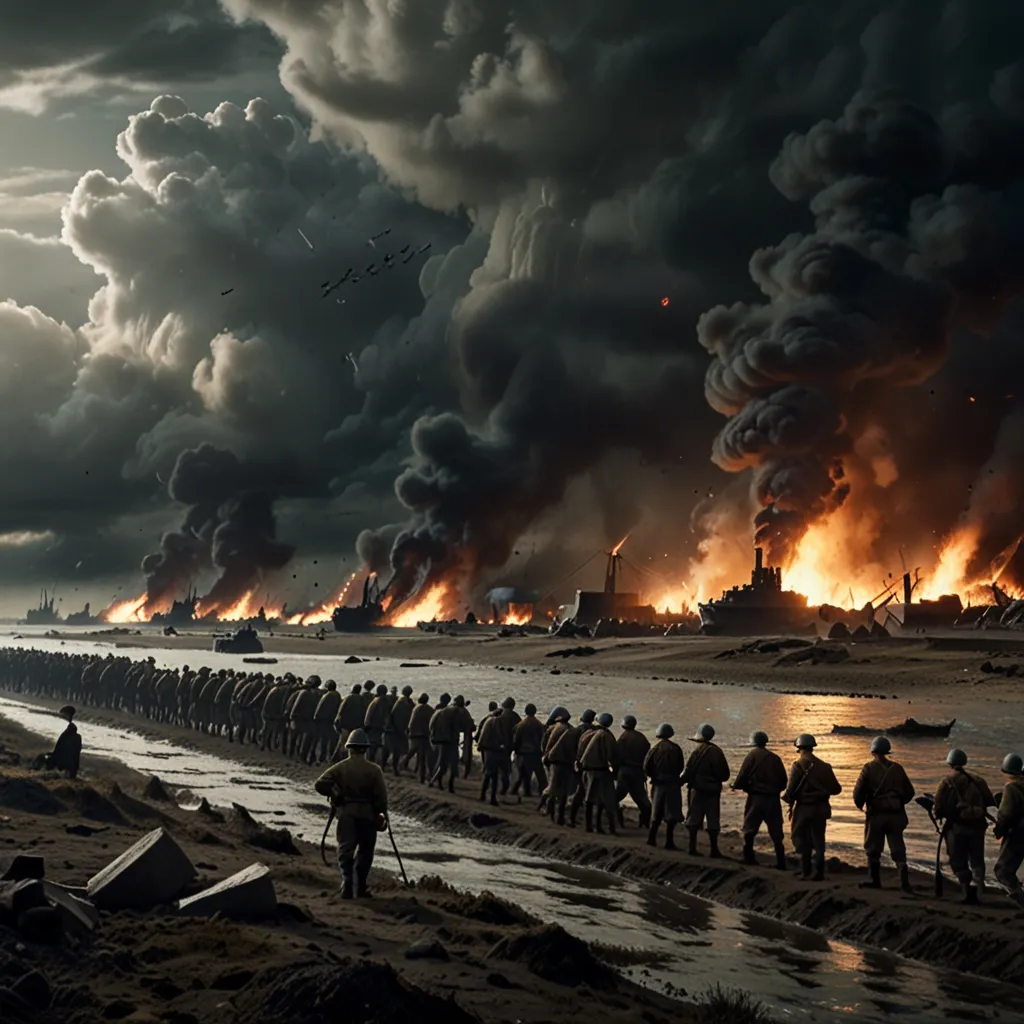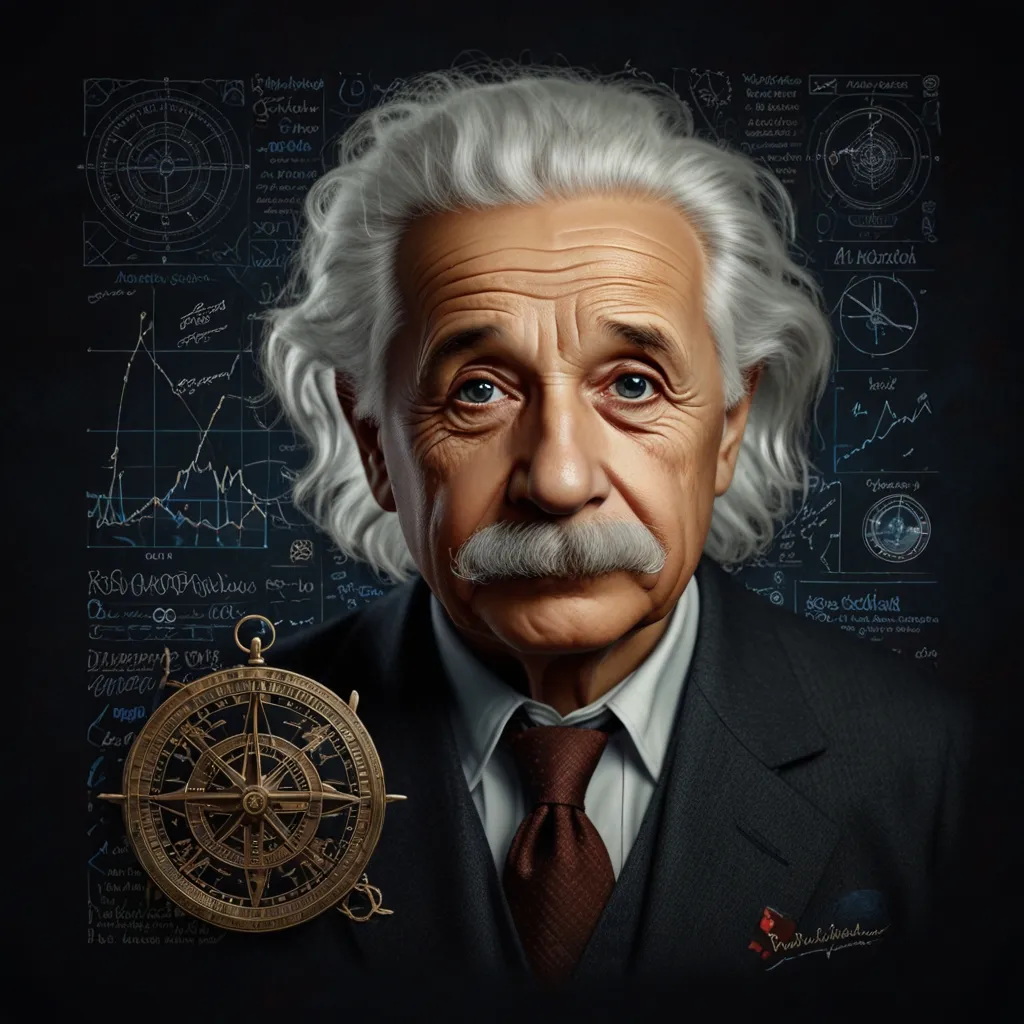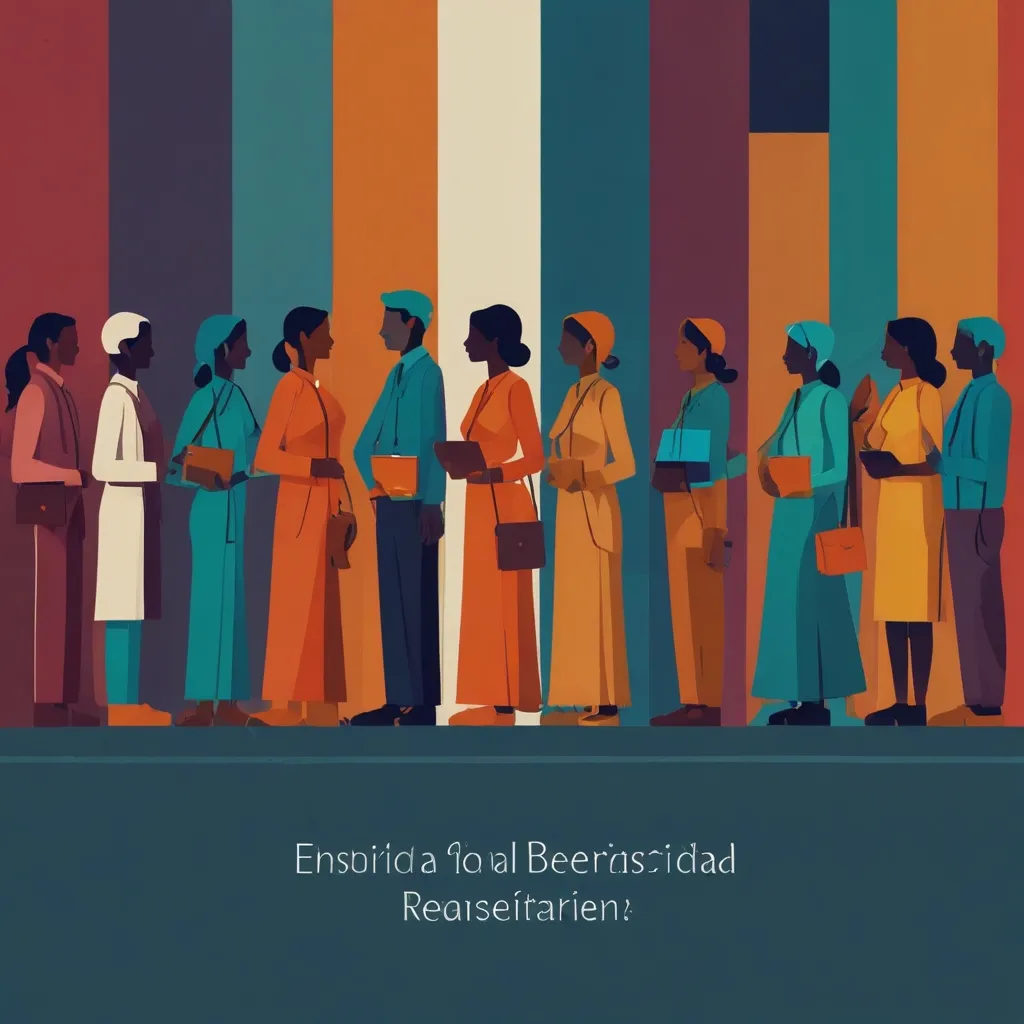On June 22, 1941, Nazi Germany launched a massive invasion of the Soviet Union, a pivotal event in World War II known as Operation Barbarossa. This surprise attack was the largest military operation in modern history, involving over 3.5 million troops and marking a significant turning point in the war.
The invasion was a culmination of long-held Nazi ambitions. Hitler and the Nazi Party had always sought to destroy the Soviet Union and capture its vast territories for “living space” or Lebensraum. This vision included the expulsion of Slavs and Jews, whom the Nazis considered inferior races, and the resettlement of ethnic Germans.
The German forces, supported by troops from Finland, Romania, Italy, Croatia, Slovakia, and Hungary, attacked across a broad front stretching from the Baltic Sea to the Black Sea. The Soviet leadership, despite warnings from Western powers, was caught off guard. The initial German advances were swift, with much of the Soviet air force destroyed on the ground and millions of Soviet soldiers encircled and forced to surrender.
As German troops advanced, they were followed by SS and police units known as the Einsatzgruppen. These units were tasked with identifying and eliminating potential threats to German rule, including Jewish males, Communist officials, and Roma. They established ghettos and other holding facilities to concentrate large numbers of Soviet Jews, often with the assistance of German Army personnel.
The mass murder operations initiated by the Einsatzgruppen targeted entire Jewish communities. In late July 1941, Heinrich Himmler’s representatives arrived in the Soviet Union, and the SS and police, supported by local auxiliaries, began shooting entire Jewish communities. This marked the beginning of the “Final Solution,” the systematic annihilation of Jews throughout Europe.
The invasion also led to the deaths of millions of Soviet prisoners of war and civilians. German military and civilian occupation policies were brutal, with many Soviet POWs shot immediately after capture or dying in POW camps due to malnutrition, starvation, and untreated diseases.
Hitler’s vision for the conquered territories was to create a “Garden of Eden” for “Aryan” Germans. He planned to colonize western parts of the Soviet Union, especially resource-rich lands like Ukraine, and settle ethnic Germans there. This colonization was part of a broader strategy to establish Europe as a “racial entity,” with Germans as the dominant race.
The invasion of the Soviet Union was a racial war against what the Nazis called “Jewish Bolshevism.” German generals like Erich Hoepner issued orders that framed the conflict as a struggle for German existence against Slavs and Jews. This ideology led to unprecedented harshness in the treatment of Soviet soldiers and civilians.
The consequences of Operation Barbarossa were far-reaching. The invasion forced Nazi Germany to fight a two-front war, which significantly drained its resources. The Soviet Union, despite initial setbacks, eventually rallied and played a crucial role in the defeat of Nazi Germany.
In summary, Operation Barbarossa was a monumental event in World War II, driven by Nazi ambitions for territorial expansion and racial domination. It led to immense human suffering and marked a turning point in the war, ultimately contributing to the downfall of Nazi Germany.






